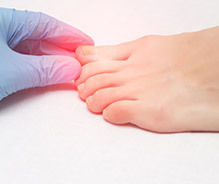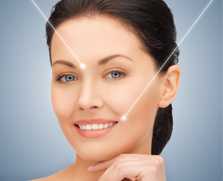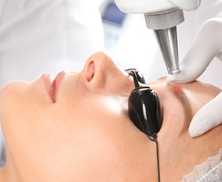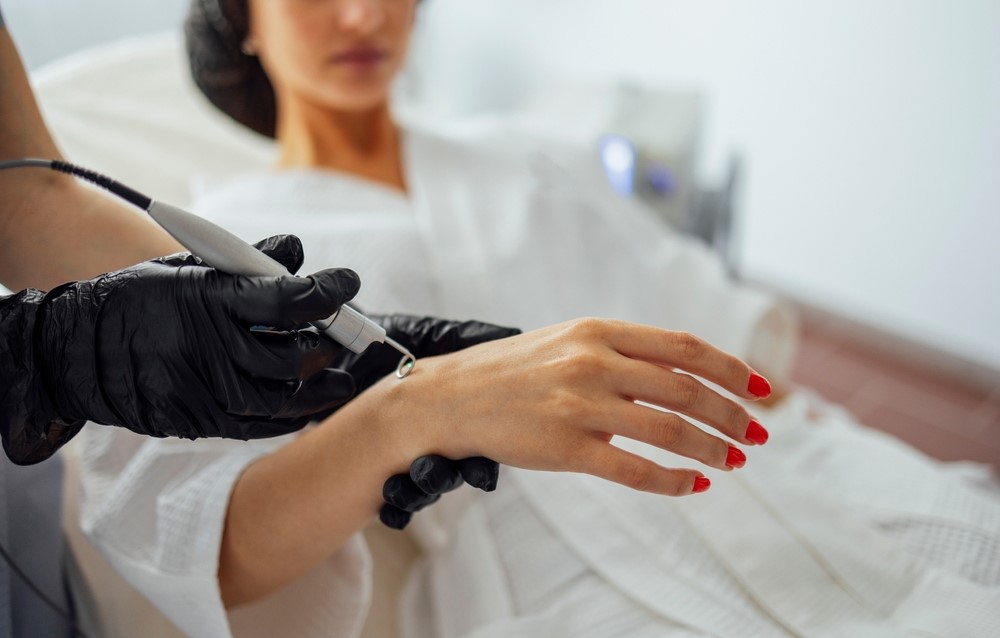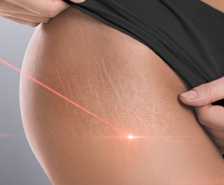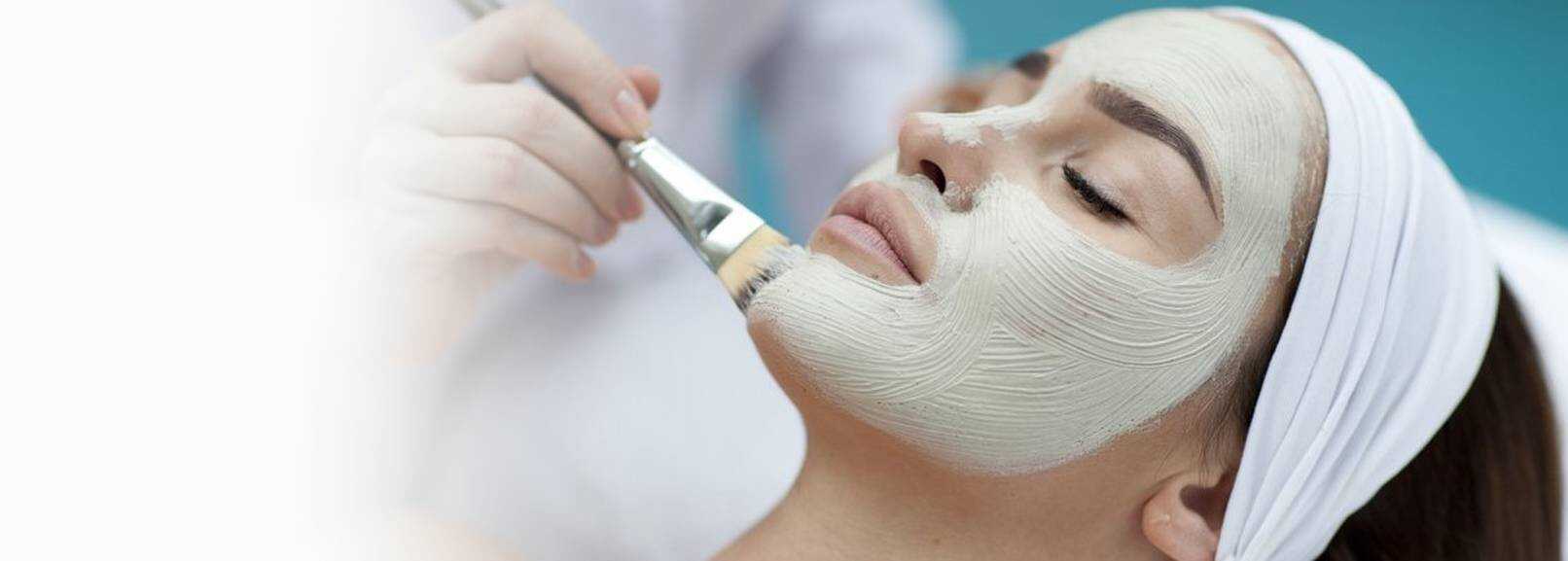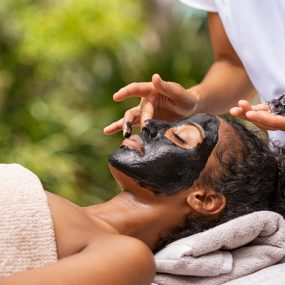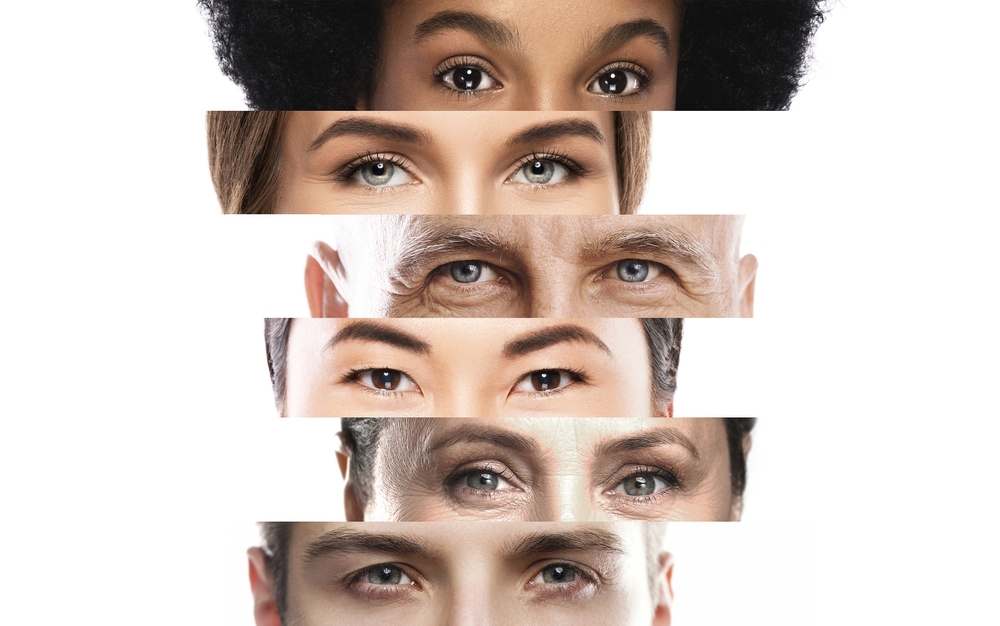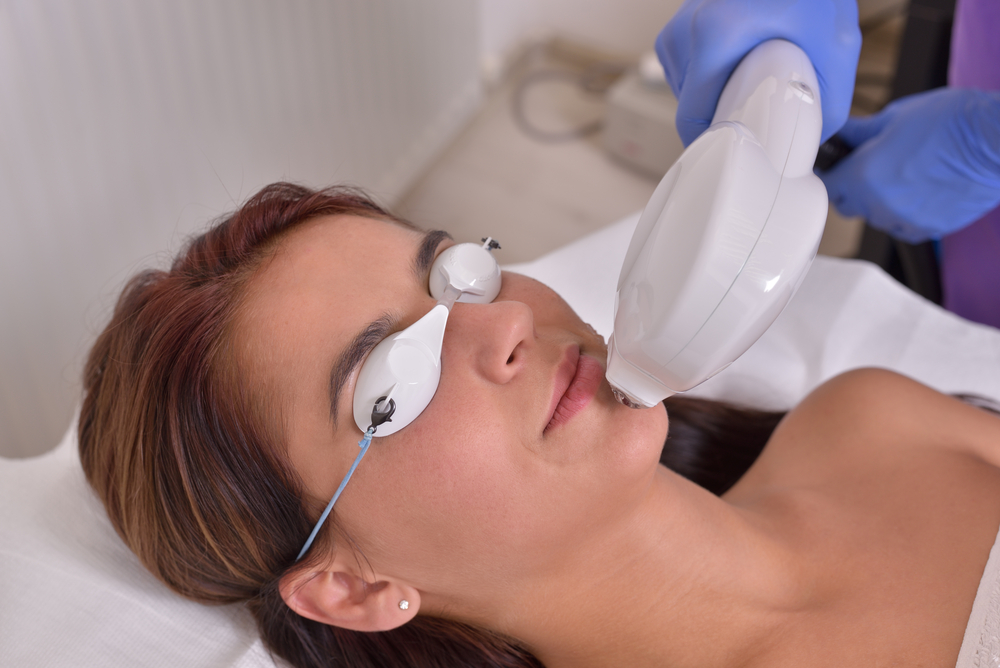You may be wondering why does the skin scar? As a natural healing process, skin scarring is not unusual, many people will have small skin scars across their body. In our latest blog we take a look at why exactly this happens and what can be done to minimise scarring once it has formed.
How are skin scars formed?
To begin, let’s look at why scars form and how.
Whenever the skin is wounded or is injured in some way, the tissues break. This will cause a reaction from the body, where a protein known as collagen is released. This is in order to repair the damaged tissue. Since collagen acts as a support for our skin, giving it both strength and elasticity, it works to help heal and strengthen the wound. No matter the size of the wound, collagen will continue to form in this area. Over time, the blood supply to the affected area will increase also, which is why many scars become raised. Eventually, the collagen production and blood supply reduce, meaning the scar tissue will become slightly softer. At the end of the process, the scar is now permanent.
How to prevent your skin from scarring
Since scars are permanent and will fade slightly but can never be removed, some people will attempt to prevent a scar from forming.
Certain injuries and other causes of scars such as surgeries are unavoidable. However, with minor scrapes, cuts, burns or even acne, there may be a chance to reduce the chance of a scar forming. Simply by following some of the steps below:
- Treating minor injuries immediately
- Keeping the area sanitised and hydrated
- Do not pick at scabs
- Use silicone gels and sheets
For scars you can not avoid, there are ways in which you can minimise the appearance of a scar once it has formed.
Minimising the appearance of scars
For treating a scar which has already formed, a dermatologist or doctor may recommend the following treatment options:
Advanced Microneedling with RF (Radio Frequency)
Remodel your face and body. Our popular fractional skin treatment stimulates collagen and elastin production of the underlying layers of the dermis. By targeting the deeper layers of the skin, tissues of the face and body can be remodelled to reveal more healthy smooth radiant youthful appearance.
The treatment can be used on any areas that can benefit from resurfacing and subdermal renewal. The most commonly treated areas include the face, periorbital area, shoulders, back, abdomen, thighs, legs and buttocks.
Other treatments include a combination of:
Laser Therapy – The most common laser treatment will use laser or light therapy to target the blood vessels in the scar tissue to reduce the redness of a scar. scar tissue.
Skin needling – rolling a small device featuring thousands of tiny needles across the skin and surrounding area can help to encourage collagen production, resulting in a smoother appearance to the affected area.
Dermal fillers – An injection in the skin to improve the appearance of pitted scars, creating an even skin surface.
Topical gels and creams – You can often purchase these in most pharmacies and will provide relief from a scar itching or causing discomfort. Some people may notice a slight change in the appearance of their scar with frequent use.
Skin Scar Treatment from The Laser Treatment Clinic
At The Laser Treatment Clinic, we offer scar treatment for both acne scarring and scars caused by external factors, as well as burns. By booking an initial skin consultation your consultant will discuss the most suitable treatment for you. Offering treatments ranging from non-invasive laser to non-laser treatments, we are able to create treatment plans which work for a wide variety of skin types and scars. Get in touch today for a skin consultation.




